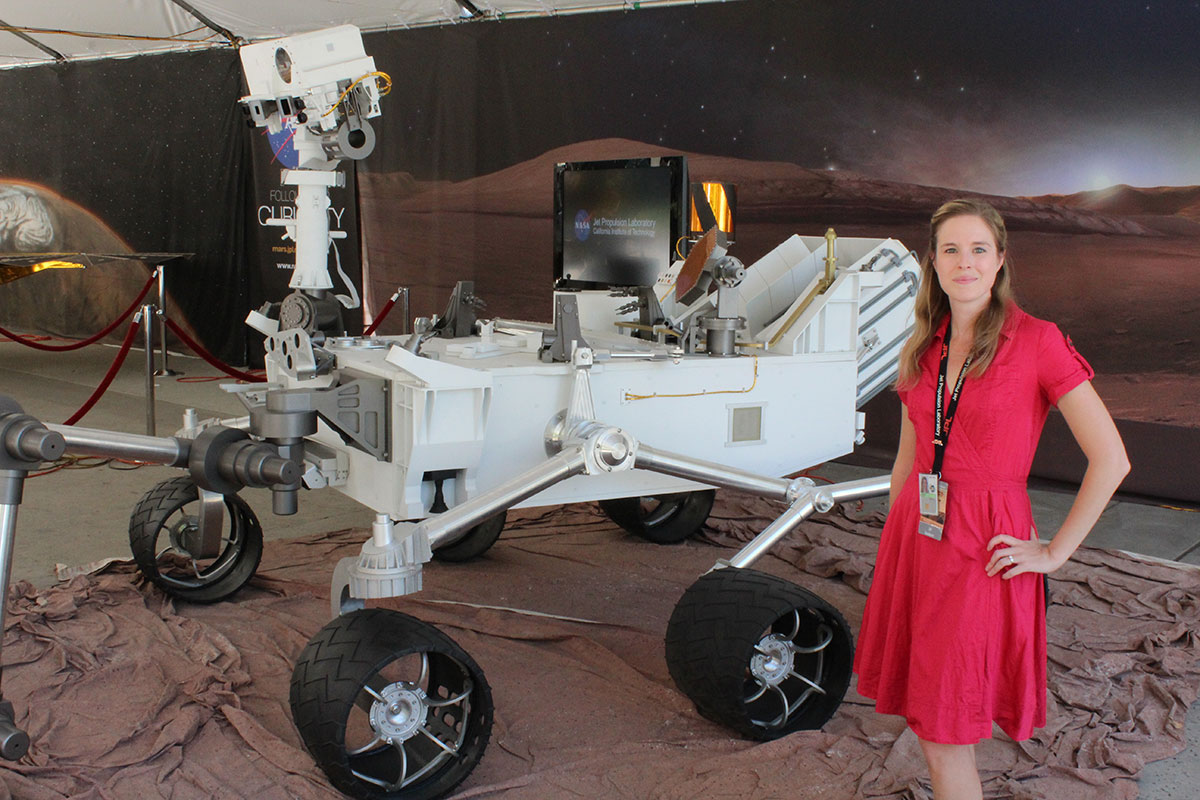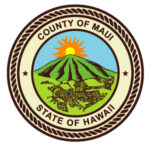Recently the Sheraton Maui Resort and Spa welcomed the 29th Space Flight Mechanics Meeting to Ka’anapali. Hosted by the American Astronautical Society (AAS) and co-hosted by the American Institute of Aeronautics and Astronautics (AIAA), the five-day West Side meeting of approximately 350 participants from 15 countries met to discuss past, present, and future missions exploring the solar system.
Women figured prominently at the AAS Space Flight Mechanics Meeting. Former Maui resident Jill Seubert, Navigation Engineer at the Jet Propulsion Laboratory (JPL), has supported several Mars missions, including the Mars Reconnaissance Orbiter, NASA’s Interior Exploration Using Seismic Investigations Geodesy and Heat Transport Mission (InSight), and the future Mars Science Mission 2020. These missions were designed to study the deep interior of Mars and look for evidence of habitable conditions in the ancient past. Seubert was introduced to the world of spacecraft navigation in her role as an astrodynamics researcher at the Air Force Research Laboratory in Kihei, a job that altered her own trajectory.
“Engaging women is critical to advancing our technological capabilities in today’s ever-evolving world,” said Seubert. “In developing cutting-edge technologies, diversifying teams is a great way to maximize outside-the-box thinking to bring forth novel ideas and better solutions.”
Yanping Guo, Mission Design and Navigation Manager, Johns Hopkins University Applied Physics Laboratory (APL), also believes women represent great potential in science and technology. “I designed the New Horizons mission trajectory to Pluto and then to Ultima Thule, the farthest object in the Solar System visited by a spacecraft. New Horizons flew by Pluto and sent back detailed images for the first time of the astonishing heart-shaped feature on Pluto’s surface!”
Guo also designed the trajectory for the Parker Solar Probe, enabling the NASA robotic spacecraft to get close to the outer corona of the Sun. The goals for the mission are to unlock the mysteries of the corona by tracing the flow of energy that heats and accelerates the solar corona and solar wind. Guo concluded, “It’s all STEM (science, technology, engineering mathematics), and women are steadily advancing to the forefront of 21st century workforce demands.”
It’s an exciting time for women in technology!
Jill Seubert, Navigation Engineer, Jet Propulsion Laboratory

